Congenital Bilateral Perisylvian Syndrome
Congenital bilateral perisylvian syndrome. 52 rows Bilateral perisylvian polymicrogyria BPP is a rare neurological disorder. We have studied 31 patients with a congenital neurological syndrome characterised by pseudobulbar palsy cognitive deficits and bilateral perisylvian abnormalities on imaging studies. Congenital bilateral perisylvian syndrome also known as bilateral periopercular syndrome or perisylvian polymicrogyria is a developmental neurological disorder characterised by homogeneous clinico-radiological findings with the underlying abnormality being polymicrogyria Clinically the patients present primarily with pseudobulbar paresis.
Clinical and MRI features in 12 patients In 1926 Foix Chavany and Marie described an acquired syndrome of fasciopharyngoglossomasticatory diplegia resulting from bilateral infarction of the anterior operculum. PMG may be a feature of other conditions as well see eg 300643. Congenital bilateral perisylvian syndrome prognosis What is the prognosis if you have Congenital bilateral perisylvian syndrome.
Tonic astatic atypical absences and tonic-clonic seizures. 5 rows Bilateral perisylvian PMG BPP often results in a typical clinical syndrome that is. The term congenital bilateral perisylvian syndrome CBPS describes a structural malformation of the brain.
Notice the distinctive widening of the sylvian fissure with exposure of the insula to the cortical surface and abnormal sulcation. Congenital bilateral perisylvian syndrome CBPS is an extremely rare neurological disorder that may be apparent at birth congenital infancy or later during childhood. The congenital bilateral perisylvian syndrome is characterized by pseudobulbar palsy moderate delay in mental and motor development and epilepsy.
Pediatric congenital bilateral perisylvian syndrome. In all 70 children had WDS with normal perisylvian imaging 31 had congenital bilateral perisylvian polymicrogyria CBPP and 20 had congenital unilateral perisylvian polymicrogyria CUPP. The underlying abnormality is known as polymicrogyria which is a malformation of the cerebral cortex outer layer of the brain.
Three characteristic case stories are presented. Have a look at things that other people have done. MR revealed bilateral perisylvian and perirolandic malformations with exposure of the insula.
Quality of life limitations and expectatios of someone with Congenital bilateral perisylvian syndrome. PMG may be a feature of other conditions as well see eg 300643.
MR revealed bilateral perisylvian and perirolandic malformations with exposure of the insula.
Congenital bilateral perisylvian syndrome also known as bilateral periopercular syndrome or perisylvian polymicrogyria is a developmental neurological disorder characterised by homogeneous clinico-radiological findings with the underlying abnormality being polymicrogyria Clinically the patients present primarily with pseudobulbar paresis. The malformations were symmetrical in 80 of cases. Pathologic correlation revealed four layered polymicrogyria in the affected areas. Quality of life limitations and expectatios of someone with Congenital bilateral perisylvian syndrome. MR revealed bilateral perisylvian and perirolandic malformations with exposure of the insula. The congenital bilateral perisylvian syndrome is characterized by pseudobulbar palsy moderate delay in mental and motor development and epilepsy. T1-weighted axial magnetic resonance images showing main findings of congenital bilateral perisylvian syndrome. Tonic astatic atypical absences and tonic-clonic seizures. The term congenital bilateral perisylvian syndrome CBPS describes a structural malformation of the brain.
Congenital bilateral perisylvian syndrome also known as bilateral periopercular syndrome or perisylvian polymicrogyria is a developmental neurological disorder characterised by homogeneous clinico-radiological findings with the underlying abnormality being polymicrogyria Clinically the patients present primarily with pseudobulbar paresis. MR revealed bilateral perisylvian and perirolandic malformations with exposure of the insula. The term congenital bilateral perisylvian syndrome CBPS describes a structural malformation of the brain. Bilateral perisylvian PMG BPP often results in a typical clinical syndrome that is manifested by mild mental retardation epilepsy and pseudobulbar palsy which causes difficulties with expressive speech and feeding Kuzniecky et al 1993. In all 70 children had WDS with normal perisylvian imaging 31 had congenital bilateral perisylvian polymicrogyria CBPP and 20 had congenital unilateral perisylvian polymicrogyria CUPP. The malformations were symmetrical in 80 of cases. PMG may be a feature of other conditions as well see eg 300643.











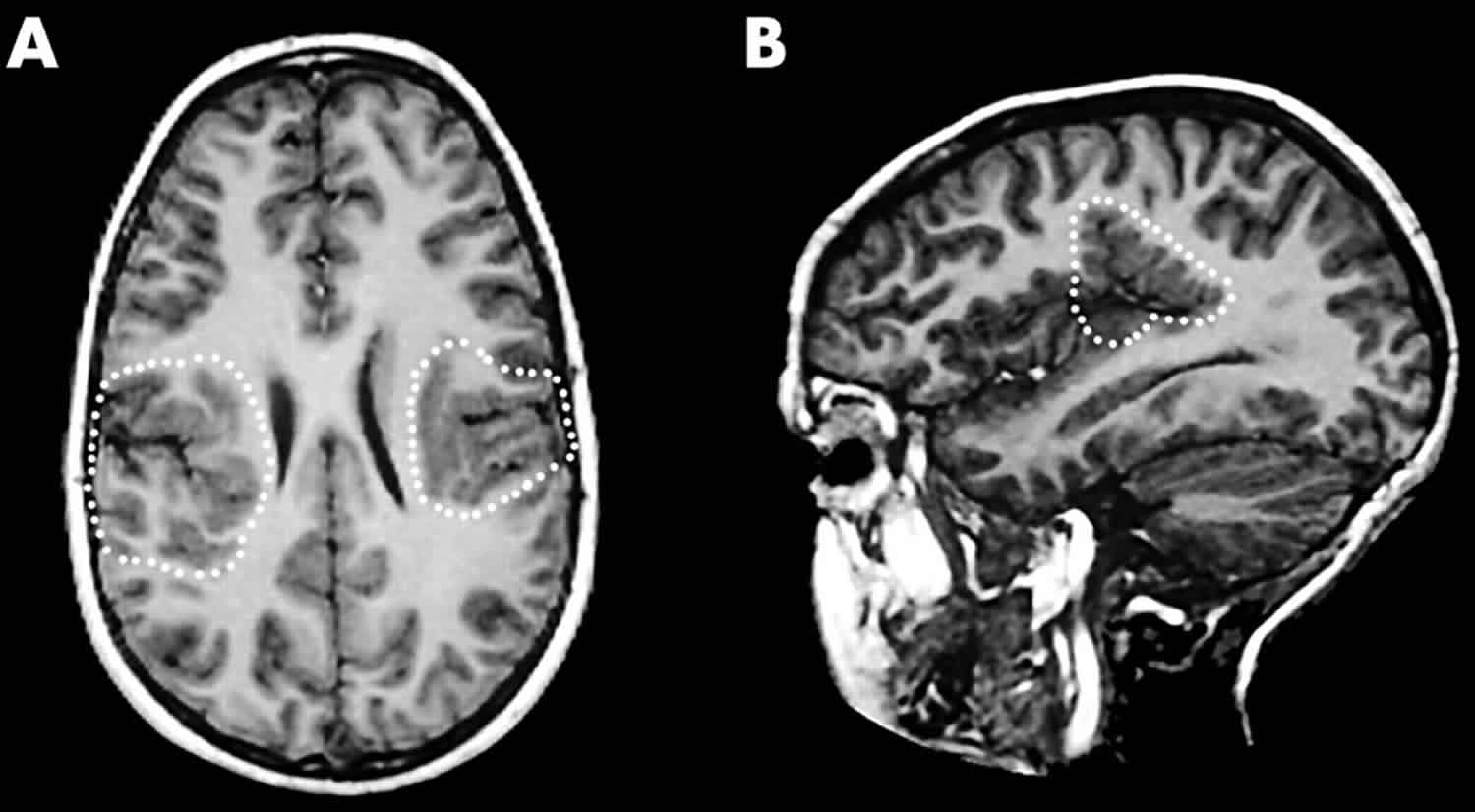














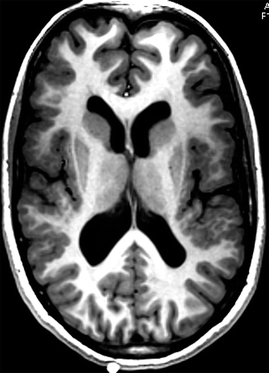







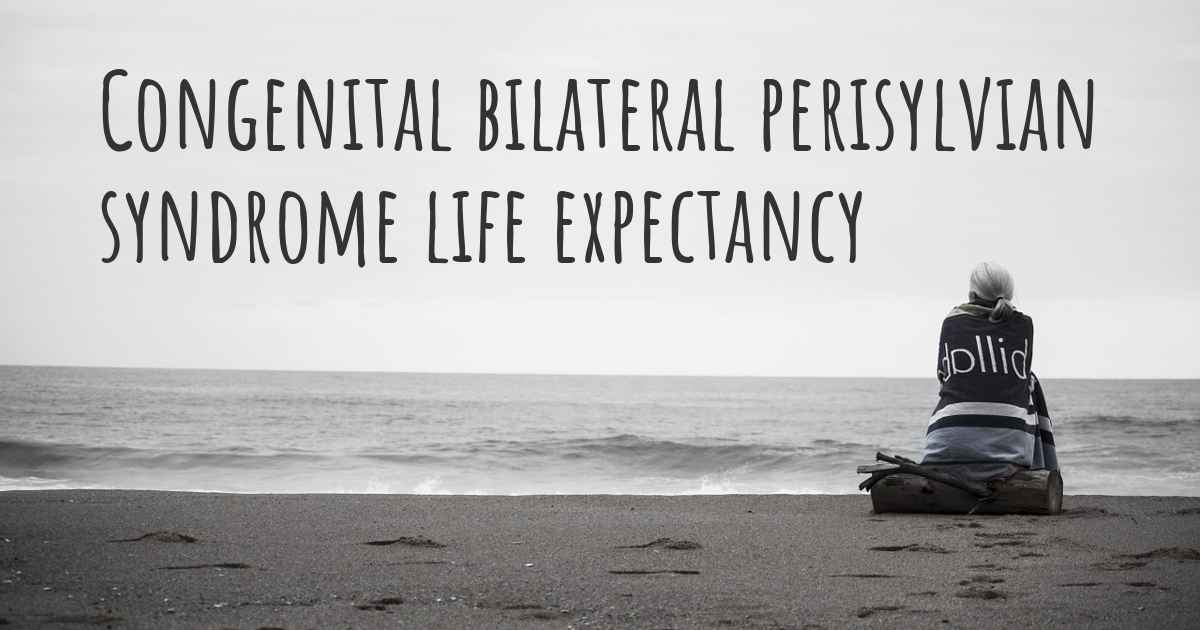
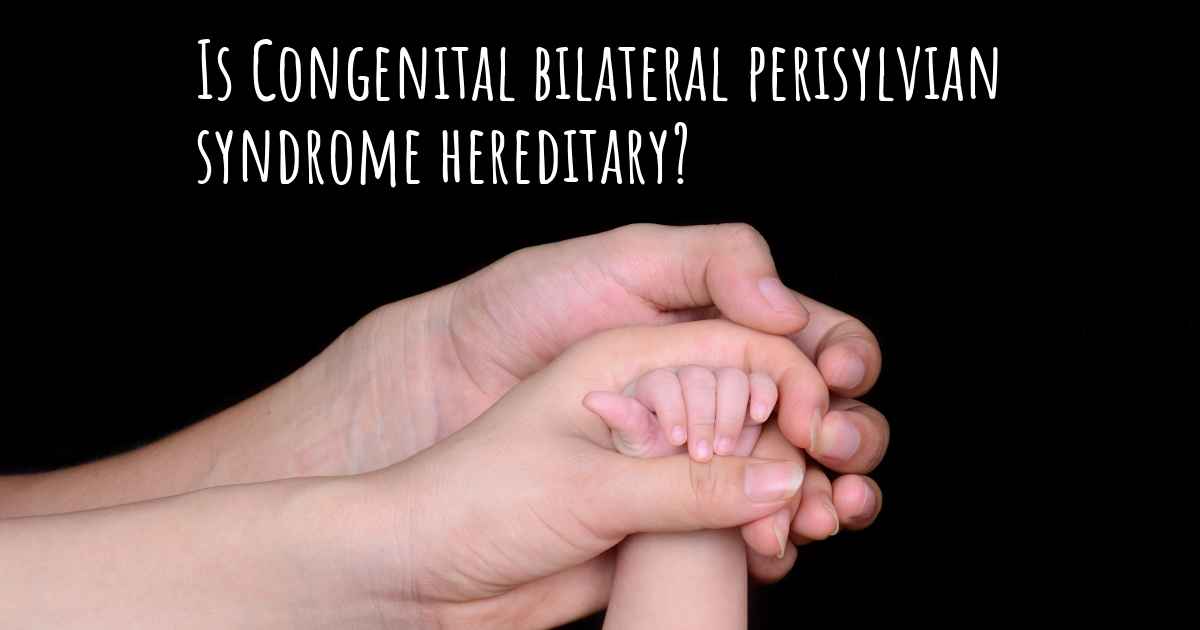

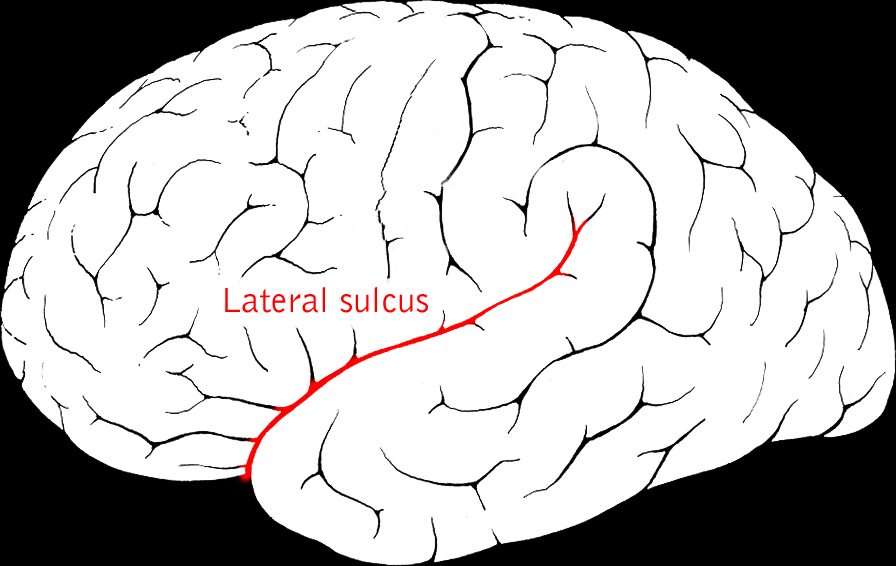

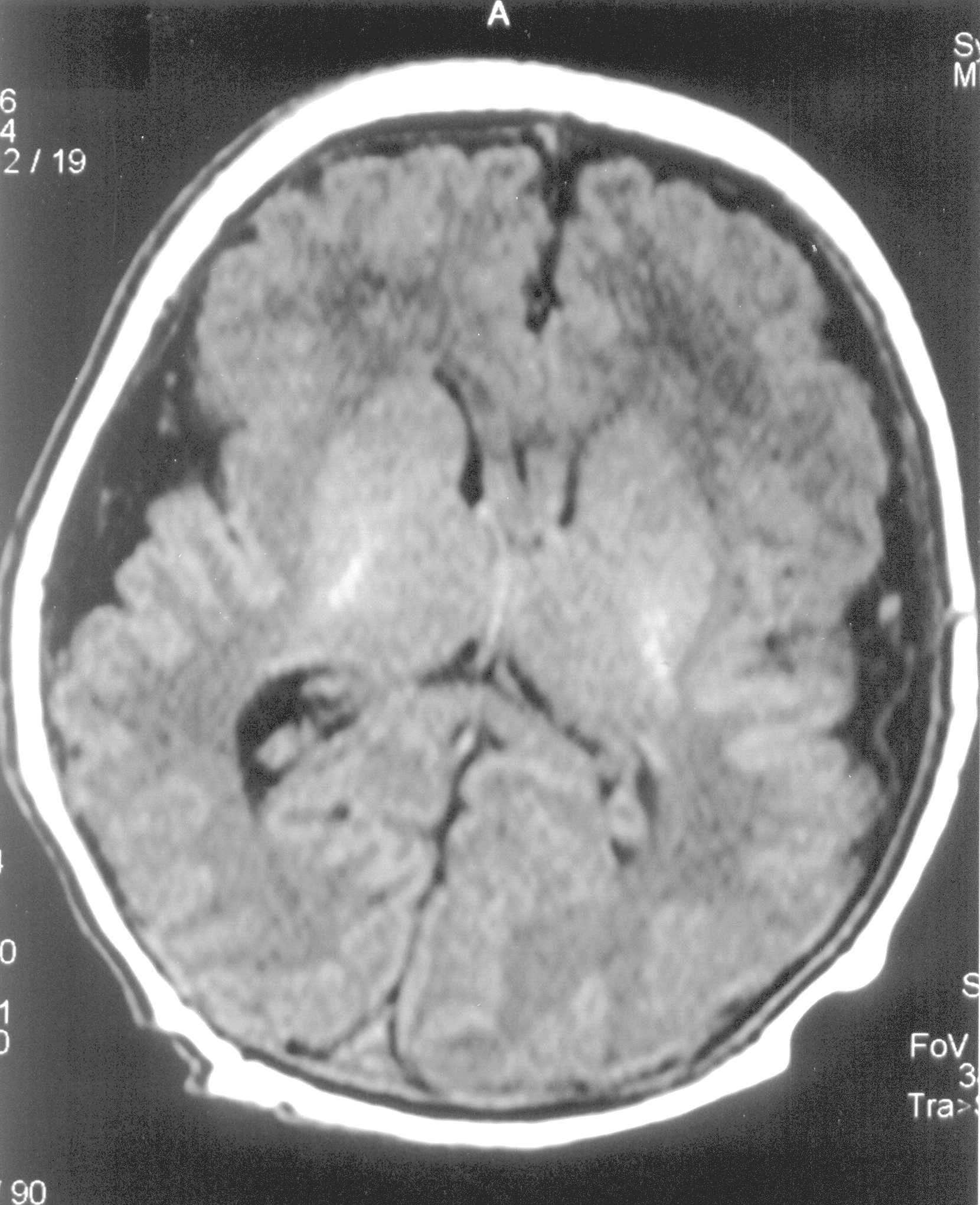



Post a Comment for "Congenital Bilateral Perisylvian Syndrome"